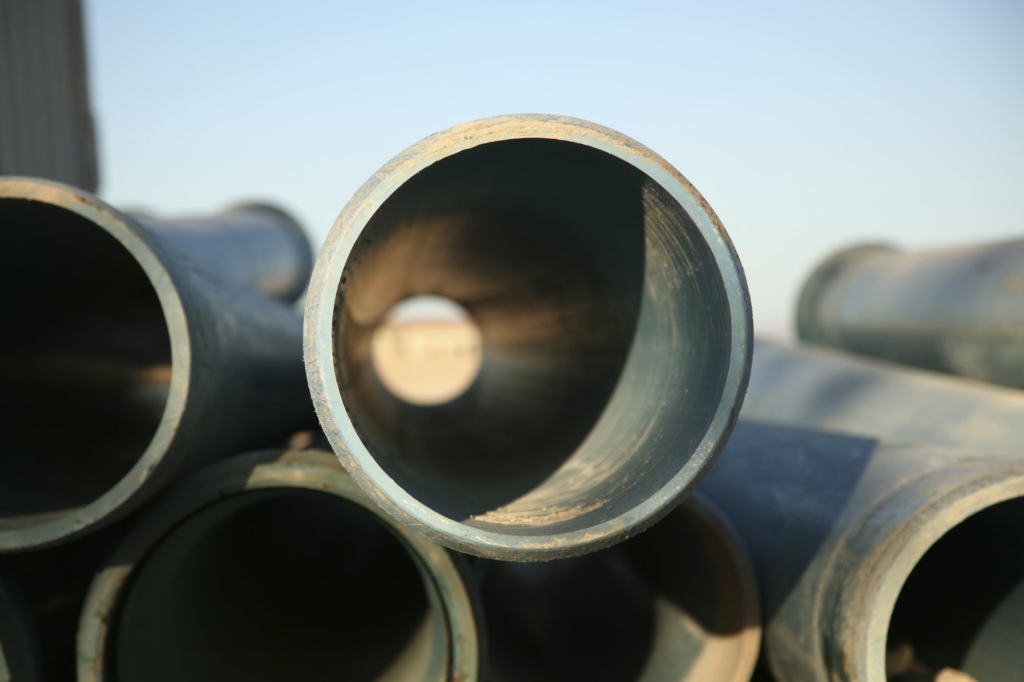
The water crisis in Flint, Michigan, has put a national spotlight on water infrastructure and the importance of upgrading outdated systems, which includes private lines into homes. With water and sewer lines out of sight and out of mind, it’s not surprising that many homeowners may not even know the composition of their lines or their responsibility.
A 2008 report cited that while the United States was moving away from lead water pipes by the 1920s, the trend was not universal. Municipal plumbing codes continued the approval of lead pipe installation into the 1970s or 80s. Many lead and copper pipes are still in commission today and causing health problems nationwide – especially in older neighborhoods. Most of the time the problems go unnoticed until it’s too late.
Current NLC Serviceline Warranty Program by HomeServe partner Madison, Wisconsin, was one of the first cities in the nation to address the infrastructure problem through a cooperative partnership. In addition to replacing the lead service lines for which the city is responsible, the public water utility has also been replacing the homeowner’s portion of the line from the curb stop to the house. Replacing only part of the problem can actually make it worse. When only a portion of the lead line is replaced, loose lead particles remain in the plumbing and continue contamination. The million program is thought to be the first in the nation and a model for other cities, according to the Wisconsin Center for Investigative Journalism. While the world watches the crisis in Flint, Michigan, continue to unfold, the importance of aging infrastructure and the need for replacement is front and center.
For homeowners though, the struggle is real when facing a total line replacement. The cost of replacement is upwards of thousand depending on the length and location of the line and if public street or sidewalk cutting is required. Most homeowners don’t have this level of discretionary income and thus opt for filters and temporary fixes – but the problem still exists. When the lines aren’t repaired and are allowed to continue in operation, further infrastructure risks, such as water line breaks, could occur.
The Environmental Protection Agency (EPA) says cities need to reduce lead levels if they exceed 15 parts per billion, but health experts say no lead levels are safe – especially “for children, who are susceptible to learning disabilities and behavior problems” from lead exposure.
As cities across the nation continue to tackle issues related to aging infrastructure, examples of programs like those implemented by Madison, Wisconsin, can be a model. “We look back and know we made the right decision,” said city water quality manager Joe Grande. “We’re not in a situation like Flint today because we made those decisions years ago.”
